Application of plant-derived exosome-like nanovesicles in the treatment of bone diseases
DOI: 10.23977/medsc.2024.050503 | Downloads: 21 | Views: 1272
Author(s)
Nan Wu 1, Bo Shen 1, Qiangqiang Guo 2, Wenyan Li 2, Hua Guo 3
Affiliation(s)
1 Shaanxi University of Chinese Medicine, Xianyang, Shaanxi, 712046, China
2 Department of Orthopedics, Xi'an Central Hospital, Xi'an, Shaanxi, 710000, China
3 Department of Orthopedics, Xi'an Fifth Hospital, Xi'an, Shaanxi, 710000, China
Corresponding Author
Hua GuoABSTRACT
Plant-derived exosome-like nanovesicles (PELNs) are secreted by plant cells and play crucial roles in plant metabolism and immune defense. They can also regulate physiological activities across species, offering broad application potential. This review provides a comprehensive summary of recent advancements in PELNs, covering their biogenesis pathways, components, extraction, separation and identification methods, as well as their applications in skeletal system diseases. Finally, the review discusses the challenges faced in the field and suggests future research directions, offering valuable insights for further studies.
KEYWORDS
Exosomes; Plants; Extraction; separation; Osteoporosis; Osteoarthritis; CharacteristicsCITE THIS PAPER
Nan Wu, Bo Shen, Qiangqiang Guo, Wenyan Li, Hua Guo. Application of plant-derived exosome-like nanovesicles in the treatment of bone diseases. MEDS Clinical Medicine (2024) Vol. 5: 16-22. DOI: http://dx.doi.org/10.23977/medsc.2024.050503.
REFERENCES
[1] Barreiro K, Lay A C, Leparc G, et al. An in vitro approach to understand contribution of kidney cells to human urinary extracellular vesicles[J]. Journal of Extracellular Vesicles, 2023, 12(2): 12304.
[2] Zhang H, Yang M, Wu X, et al. The distinct roles of exosomes in tumor-stroma crosstalk within gastric tumor microenvironment[J]. Pharmacological Research, 2021, 171: 105785.
[3] Regente M, Corti-Monzón G, Maldonado A M, et al. Vesicular fractions of sunflower apoplastic fluids are associated with potential exosome marker proteins[J]. FEBS letters, 2009, 583(20): 3363-3366.
[4] Liu G, Kang G, Wang S, et al. Extracellular vesicles: emerging players in plant defense against pathogens[J]. Frontiers in Plant Science, 2021, 12: 757925.
[5] Cui Y, Gao J, He Y, et al. Plant extracellular vesicles [J]. Protoplasma, 2020, 257: 3-12.
[6] Jadli A S, Ballasy N, Edalat P, et al. Inside (sight) of tiny communicator: exosome biogenesis, secretion, and uptake[J]. Molecular and cellular biochemistry, 2020, 467: 77-94.
[7] Kalluri R, LeBleu V S. The biology, function, and biomedical applications of exosomes[J]. Science, 2020, 367(6478): eaau6977.
[8] Cong M, Tan S, Li S, et al. Technology insight: Plant-derived vesicles—How far from the clinical biotherapeutics and therapeutic drug carriers?[J]. Advanced drug delivery reviews, 2022, 182: 114108.
[9] Sundaram K, Miller D P, Kumar A, et al. Plant-derived exosomal nanoparticles inhibit pathogenicity of Porphyromonas gingivalis [J]. Iscience, 2019, 21: 308-327.
[10] Zhao Z, Yu S, Li M, et al. Isolation of exosome-like nanoparticles and analysis of microRNAs derived from coconut water based on small RNA high-throughput sequencing[J]. Journal of agricultural and food chemistry, 2018, 66(11): 2749-2757.
[11] Suharta S, Barlian A, Hidajah A C, et al. Plant‐derived exosome‐like nanoparticles: A concise review on its extraction methods, content, bioactivities, and potential as functional food ingredient[J]. Journal of food science, 2021, 86(7): 2838-2850.
[12] Zhuang X, Deng Z B, Mu J, et al. Ginger-derived nanoparticles protect against alcohol-induced liver damage[J]. Journal of extracellular vesicles, 2015, 4(1): 28713.
[13] Li S, Zhang R, Wang A, et al. Panax notoginseng: derived exosome-like nanoparticles attenuate ischemia reperfusion injury via altering microglia polarization[J]. Journal of nanobiotechnology, 2023, 21(1): 416.
[14] Egea-Jimenez A L, Zimmermann P. Phospholipase D and phosphatidic acid in the biogenesis and cargo loading of extracellular vesicles: Thematic Review Series: Exosomes and Microvesicles: Lipids as Key Components of their Biogenesis and Functions[J]. Journal of Lipid Research, 2018, 59(9): 1554-1560.
[15] Dad H A, Gu T W, Zhu A Q, et al. Plant exosome-like nanovesicles: emerging therapeutics and drug delivery nanoplatforms[J]. Molecular Therapy, 2021, 29(1): 13-31.
[16] Garaeva L, Kamyshinsky R, Kil Y, et al. Delivery of functional exogenous proteins by plant-derived vesicles to human cells in vitro[J]. Scientific reports, 2021, 11(1): 6489.
[17] Yi Q, Xu Z, Thakur A, et al. Current understanding of plant-derived exosome-like nanoparticles in regulating the inflammatory response and immune system microenvironment[J]. Pharmacological research, 2023, 190: 106733.
[18] Zhang M, Viennois E, Prasad M, et al. Edible ginger-derived nanoparticles: A novel therapeutic approach for the prevention and treatment of inflammatory bowel disease and colitis-associated cancer[J]. Biomaterials, 2016, 101: 321-340.
[19] Xiao J, Feng S, Wang X, et al. Identification of exosome-like nanoparticle-derived microRNAs from 11 edible fruits and vegetables[J]. PeerJ, 2018, 6: e5186.
[20] Chen B Y, Sung C W H, Chen C, et al. Advances in exosomes technology[J]. Clinica chimica acta, 2019, 493: 14-19.
[21] Akbar A, Malekian F, Baghban N, et al. Methodologies to isolate and purify clinical grade extracellular vesicles for medical applications[J]. Cells, 2022, 11(2): 186.
[22] Monguió‐Tortajada M, Morón‐Font M, Gámez‐Valero A, et al. Extracellular‐vesicle isolation from different biological fluids by size‐exclusion chromatography[J]. Current Protocols in Stem Cell Biology, 2019, 49(1): e82.
[23] Li P, Kaslan M, Lee S H, et al. Progress in exosome isolation techniques[J]. Theranostics, 2017, 7(3): 789.
[24] Jang J, Jeong H, Jang E, et al. Isolation of high-purity and high-stability exosomes from ginseng[J]. Frontiers in plant science, 2023, 13: 1064412.
[25] Wu P, Wu W, Zhang S, et al. Therapeutic potential and pharmacological significance of extracellular vesicles derived from traditional medicinal plants[J]. Frontiers in pharmacology, 2023, 14: 1272241.
[26] Suresh A P, Kalarikkal S P, Pullareddy B, et al. Low pH-based method to increase the yield of plant-derived nanoparticles from fresh ginger rhizomes[J]. ACS omega, 2021, 6(27): 17635-17641.
[27] Kim M, Jang H, Park J H. Balloon Flower Root-Derived Extracellular Vesicles: In Vitro Assessment of Anti-Inflammatory, Proliferative, and Antioxidant Effects for Chronic Wound Healing[J]. Antioxidants, 2023, 12(6): 1146.
[28] Yang D, Zhang W, Zhang H, et al. Progress, opportunity, and perspective on exosome isolation-efforts for efficient exosome-based theranostics[J]. Theranostics, 2020, 10(8): 3684.
[29] Jia Y, Yu L, Ma T, et al. Small extracellular vesicles isolation and separation: Current techniques, pending questions and clinical applications[J]. Theranostics, 2022, 12(15): 6548.
[30] Bokka R, Ramos A P, Fiume I, et al. Biomanufacturing of tomato-derived nanovesicles[J]. Foods, 2020, 9(12): 1852.
[31] Goncalves J P, Ghebosu R E, Tan X N S, et al. Hyaluronic acid: An overlooked extracellular vesicle contaminant[J]. Journal of extracellular vesicles, 2023, 12(9): 12362.
[32] Yang M, Liu X, Luo Q, et al. An efficient method to isolate lemon derived extracellular vesicles for gastric cancer therapy[J]. Journal of nanobiotechnology, 2020, 18: 1-12.
[33] Jackson K K, Mata C, Marcus R K. A rapid capillary-channeled polymer (C-CP) fiber spin-down tip approach for the isolation of plant-derived extracellular vesicles (PDEVs) from 20 common fruit and vegetable sources[J]. Talanta, 2023, 252: 123779.
[34] Jung M K, Mun J Y. Sample preparation and imaging of exosomes by transmission electron microscopy[J]. Journal of visualized experiments: JoVE, 2018 (131).
[35] Tatischeff I, Larquet E, Falcón-Pérez J M, et al. Fast characterisation of cell-derived extracellular vesicles by nanoparticles tracking analysis, cryo-electron microscopy, and Raman tweezers microspectroscopy[J]. Journal of extracellular vesicles, 2012, 1(1): 19179.
[36] Kim A, Ng W B, Bernt W, et al. Validation of size estimation of nanoparticle tracking analysis on polydisperse macromolecule assembly[J]. Scientific reports, 2019, 9(1): 2639.
[37] Szatanek R, Baj-Krzyworzeka M, Zimoch J, et al. The methods of choice for extracellular vesicles (EVs) characterization[J]. International journal of molecular sciences, 2017, 18(6): 1153.
[38] Hwang J H, Park Y S, Kim H S, et al. Yam-derived exosome-like nanovesicles stimulate osteoblast formation and prevent osteoporosis in mice[J]. Journal of Controlled Release, 2023, 355: 184-198.
[39] Seo K, Yoo J H, Kim J, et al. Ginseng-derived exosome-like nanovesicles extracted by sucrose gradient ultracentrifugation to inhibit osteoclast differentiation[J]. Nanoscale, 2023, 15(12): 5798-5808.
[40] Kim J, Zhu Y, Chen S, et al. Anti-glioma effect of ginseng-derived exosomes-like nanoparticles by active blood–brain-barrier penetration and tumor microenvironment modulation[J]. Journal of nanobiotechnology, 2023, 21(1): 253.
[41] Chen Q, Li Q, Liang Y, et al. Natural exosome-like nanovesicles from edible tea flowers suppress metastatic breast cancer via ROS generation and microbiota modulation[J]. Acta Pharmaceutica Sinica B, 2022, 12(2): 907-923.
[42] Sözen T, Özışık L, Başaran N Ç. An overview and management of osteoporosis[J]. European journal of rheumatology, 2017, 4(1): 46.
[43] Cao Y, Tan X, Shen J, et al. Morinda Officinalis-derived extracellular vesicle-like particles: Anti-osteoporosis effect by regulating MAPK signaling pathway[J]. Phytomedicine, 2024, 129: 155628.
[44] Sim Y, Seo H J, Kim D, et al. The effect of apple-derived nanovesicles on the osteoblastogenesis of osteoblastic MC3T3-E1 cells[J]. Journal of medicinal food, 2023, 26(1): 49-58.
[45] Liang Qianxin. Study on the Basic Characteristics, Bioactivity, and Targeting of Extracellular Vesicles Derived from Rhizoma Drynariae [D]. Guangzhou University of Chinese Medicine, 2021. DOI: 10.27044/d.cnki.ggzzu.2021.000961
[46] Zhan W, Deng M, Huang X, et al. Pueraria lobata-derived exosome-like nanovesicles alleviate osteoporosis by enhacning autophagy[J]. Journal of Controlled Release, 2023, 364: 644-653.
[47] Ratneswaran A, Kapoor M. Osteoarthritis year in review: genetics, genomics, epigenetics[J]. Osteoarthritis and cartilage, 2021, 29(2): 151-160.
[48] Zhao T, Li X, Li H, et al. Advancing drug delivery to articular cartilage: From single to multiple strategies[J]. Acta Pharmaceutica Sinica B, 2023, 13(10): 4127-4148.
[49] Yıldırım M, Ünsal N, Kabataş B, et al. Effect of Solanum lycopersicum and citrus limon–derived exosome-like vesicles on chondrogenic differentiation of adipose-derived stem cells[J]. Applied biochemistry and biotechnology, 2024, 196(1): 203-219.
| Downloads: | 9890 |
|---|---|
| Visits: | 651115 |
Sponsors, Associates, and Links
-
Journal of Neurobiology and Genetics
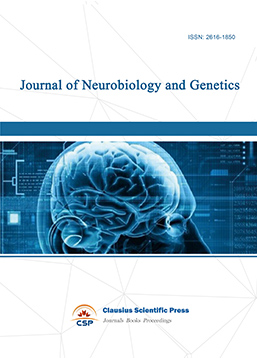
-
Medical Imaging and Nuclear Medicine
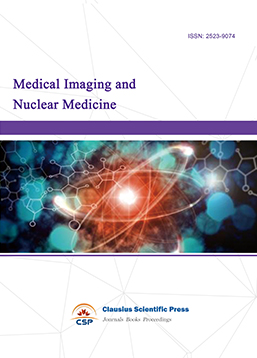
-
Bacterial Genetics and Ecology
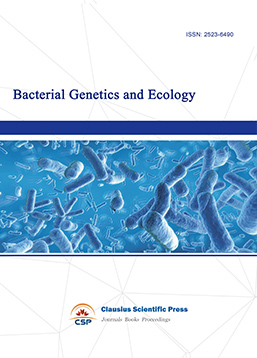
-
Transactions on Cancer
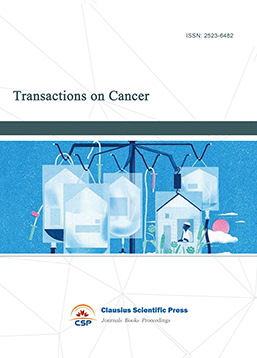
-
Journal of Biophysics and Ecology
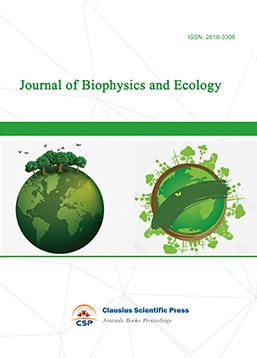
-
Journal of Animal Science and Veterinary
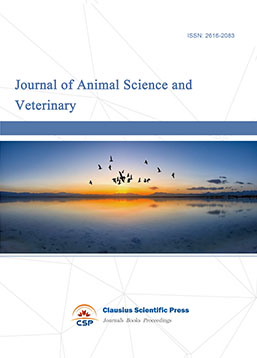
-
Academic Journal of Biochemistry and Molecular Biology
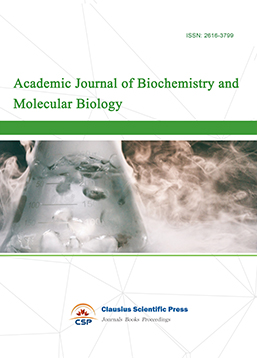
-
Transactions on Cell and Developmental Biology
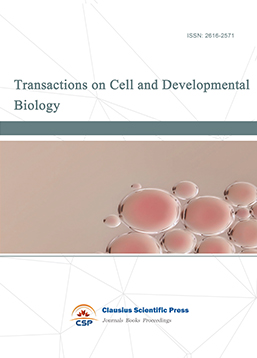
-
Rehabilitation Engineering & Assistive Technology
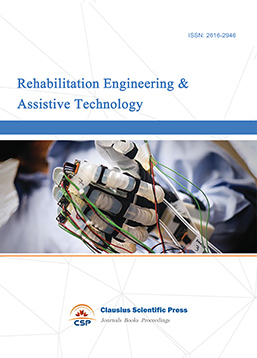
-
Orthopaedics and Sports Medicine

-
Hematology and Stem Cell
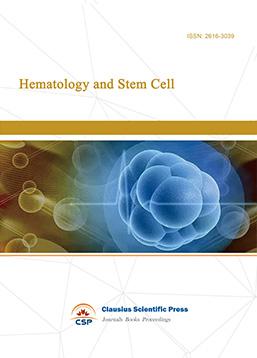
-
Journal of Intelligent Informatics and Biomedical Engineering
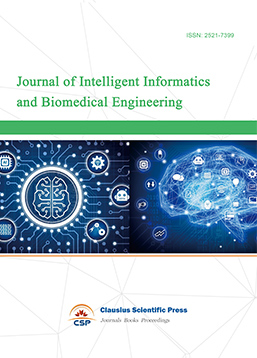
-
MEDS Basic Medicine
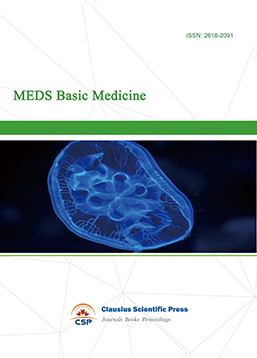
-
MEDS Stomatology
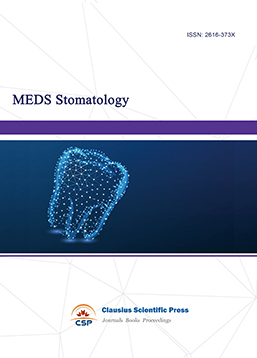
-
MEDS Public Health and Preventive Medicine
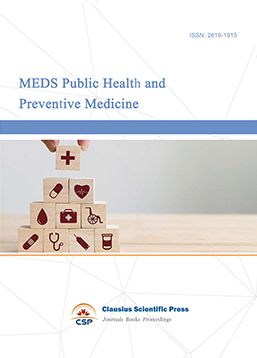
-
MEDS Chinese Medicine
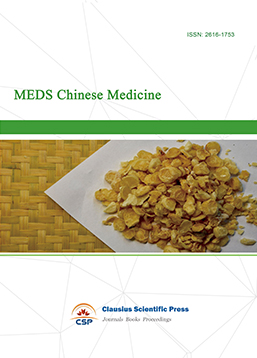
-
Journal of Enzyme Engineering

-
Advances in Industrial Pharmacy and Pharmaceutical Sciences
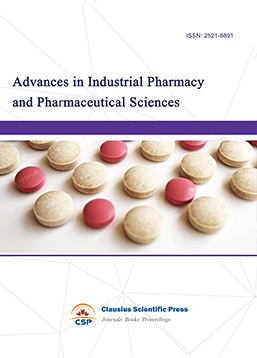
-
Bacteriology and Microbiology

-
Advances in Physiology and Pathophysiology
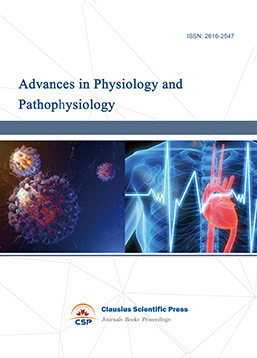
-
Journal of Vision and Ophthalmology
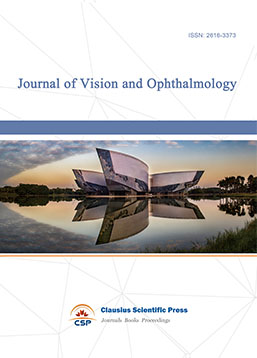
-
Frontiers of Obstetrics and Gynecology
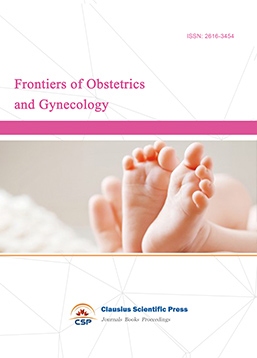
-
Digestive Disease and Diabetes
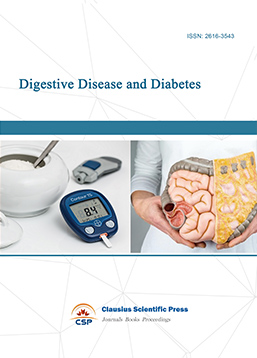
-
Advances in Immunology and Vaccines
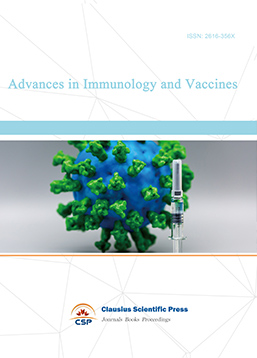
-
Nanomedicine and Drug Delivery
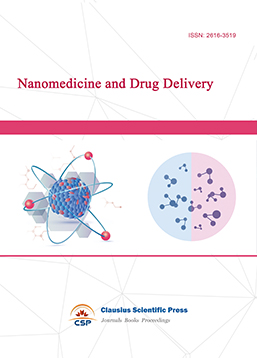
-
Cardiology and Vascular System
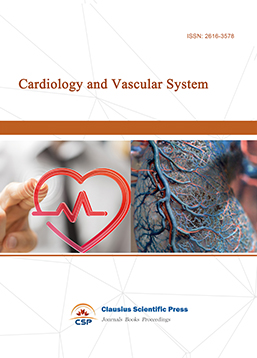
-
Pediatrics and Child Health
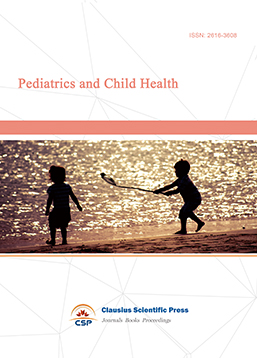
-
Journal of Reproductive Medicine and Contraception
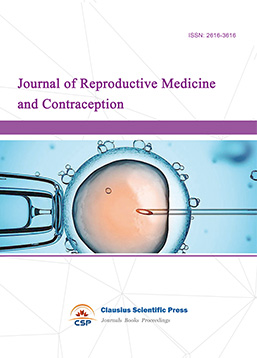
-
Journal of Respiratory and Lung Disease
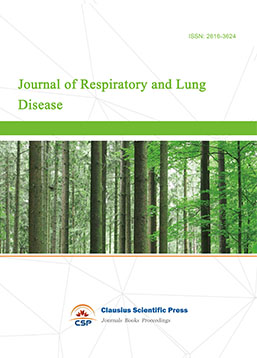
-
Journal of Bioinformatics and Biomedicine
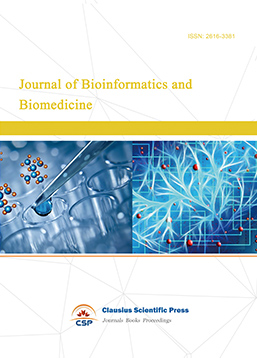

 Download as PDF
Download as PDF